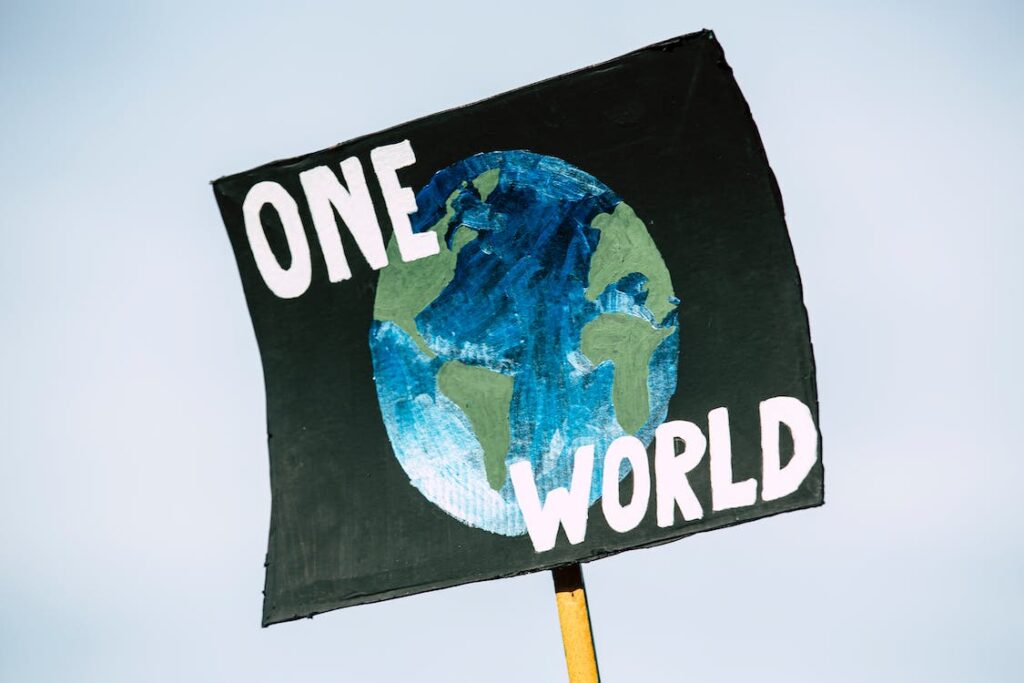What the Youth Can Do to Influence Environmental Protection Policies

Environmental protection is a pressing issue that transcends political boundaries and generational gaps. As the custodians of the future, young people play a crucial role in shaping environmental policies for the well-being of our planet.
According to the United Nations Development Programme, youth participation plays a vital role in influencing environmental protection policies in various ways. From simply raising awareness to engaging directly in political processes, these young minds can do it all.
Here are some of the ways our youth influences environmental protection policies.
Contents
Raise Awareness
The first and perhaps the most crucial step for young activists to influence environmental protection policies is to raise awareness. Many people, including policymakers, may not fully comprehend the extent of the environmental challenges we face. By disseminating information through social media, public gatherings, or educational campaigns, young individuals can help bridge this knowledge gap.
According to the University of Washington, environmental activism through social media has become very common these days. More importantly, it’s the youth who’s leading the charge here. Platforms, such as Instagram, Twitter, and TikTok, can bring environmental issues to the forefront of public consciousness. Sharing well-researched articles and studies is also a way to educate the public about the urgency of environmental concerns.
Moreover, young activists can organize local events, workshops, and seminars to engage with their communities. Guest speakers, documentaries, and interactive discussions can provide a platform for individuals to learn more about the environment and its impact on our lives.
Educate Themselves
To effectively influence environmental protection policies, the youth needs to be well-informed. By acquiring a comprehensive understanding of environmental issues, they can engage in informed discussions and debates. This knowledge equips them with the ability to make compelling arguments and advocate for evidence-based policies.
Staying informed can be achieved through various means, such as attending environmental workshops, reading scientific literature, and so on. Young individuals can also study subjects like environmental science, policy, or sustainability, enabling them to speak authoritatively on the subjects they care about.
The youth should also do case studies on various historic events that have damaged the environment, like the Camp Lejeune water contamination incident.
According to TorHoerman Law, between 1953 and 1987, the Camp Lejeune area in North Carolina was exposed to a massive water contamination crisis. The water was contaminated because of the dumping of toxic wastes by nearby businesses and organizations. This caused serious health problems, including cancer, for many Camp Lejeune locals.
Because of all this, the Camp Lejeune toxic water lawsuit was filed by the Camp Lejeune victims. The aim of this lawsuit was to seek compensation for the victims and help them get justice for their losses.
As the youth studies such historic events and incidents, they’ll learn what are the consequences of such environmental damage. They will also get to see how people usually tend to fight back in such situations if they decide to fight back at all.
Advocate for Sustainable Lifestyles
The youth can also lead by example and advocate for sustainable lifestyles. Every small action counts, and collectively, they can make a significant difference.
Young people can reduce their own carbon footprint by adopting eco-friendly habits, such as using public transportation, reducing single-use plastics, conserving water, etc. By showcasing the benefits of sustainable living and how it can be integrated into everyday life, they can inspire others to follow suit.
In addition to personal choices, the youth can engage in advocacy campaigns to promote sustainability. Petitioning for the implementation of recycling programs and supporting renewable energy initiatives are just a few ways to advocate for a sustainable lifestyle.
Through this, young activists can show policymakers that there is a demand for sustainable products and services. That, in turn, will encourage them to enact policies that facilitate this transition.
Participate in Environmental Organizations
Environmental organizations play a pivotal role in influencing environmental protection policies. Young individuals can join or create youth-led organizations dedicated to environmental causes. According to the World Economic Forum, this not only exposes the youth to real-life environmental challenges but also demonstrates how to deal with them.
These groups often have a louder voice in the political arena and can effectively lobby for policy changes. They can also organize rallies, protests, and awareness campaigns that bring attention to pressing environmental issues.
Foster Innovation and Technology
In today’s fast-paced world, technology and innovation are powerful tools for driving change. Young people, with their affinity for technology, are well-positioned to harness the power of innovation to address environmental challenges. This can include developing and promoting sustainable technologies, renewable energy solutions, and apps that facilitate eco-friendly choices.
By collaborating with like-minded individuals, young innovators can create initiatives and startups that tackle environmental problems. They can also seek funding and support from venture capitalists, accelerators, and environmental organizations to bring their ideas to life.
Innovative solutions not only contribute to sustainable practices but also inspire policymakers to invest in and support these technologies through grants and legislation.
Conclusion
Our planet is hurting and it’s time we do something about it. Right now, the youth are coming forward to heavily influence modern environmental policies, and they are doing a good job at it. By sticking to the strategies above, the youth are educating themselves about our environment and are also seeking necessary action.







